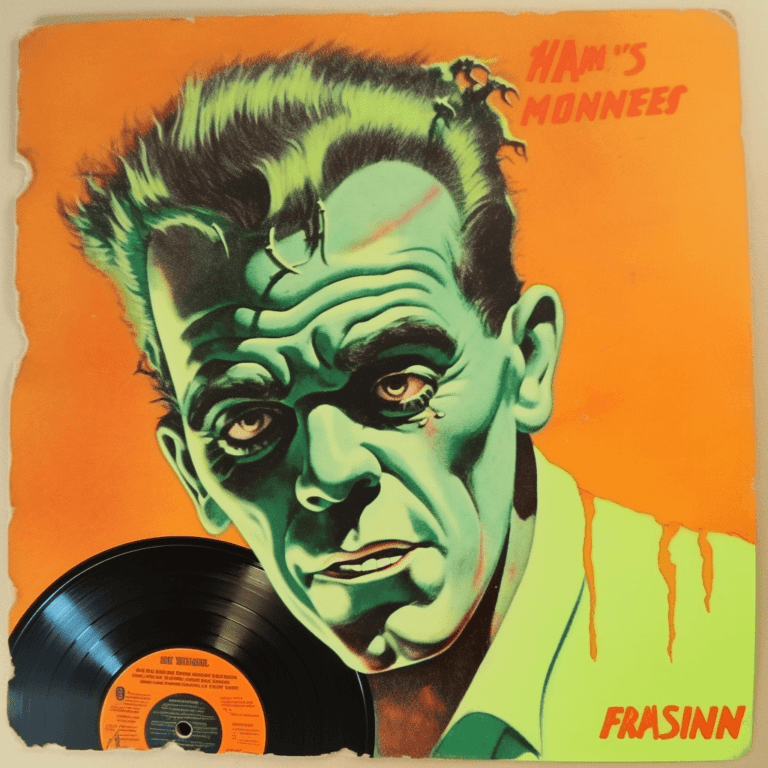Coda
A coda is like the grand finale of a piece, the cherry on top, the last piece of the puzzle. It’s a way for composers to add a final touch to a musical composition, bringing it to a satisfying and conclusive end.
In more detail, a coda is a short section that appears near the end of a piece of music, after the main part has been played. It’s like a special musical passage that deviates slightly from the main theme or melody. The purpose of a coda is to provide a sense of closure and resolution, leaving the audience with a lasting impression. You can think of it as a musical exclamation point!
Let’s look at a modern example to better understand the concept of a coda. Imagine a popular song you might hear on the radio. It starts with catchy verses, followed by a memorable chorus that repeats throughout the song. As you reach the end of the song, you might notice that the chorus is played again, but this time, with a slightly different twist. That’s the coda! It gives the song a final statement, making it feel complete and leaving you humming the tune long after it’s over.
One classic example of a coda can be found in Ludwig van Beethoven’s famous Symphony No. 5. You might have heard the iconic four-note motif that opens the symphony (“da-da-da-dum”). After going through various themes and developments, Beethoven adds a powerful and dramatic coda that brings the symphony to an intense and exhilarating conclusion, making it one of the most memorable moments in classical music.
In summary, a coda is a short and distinct musical section found at the end of a piece. Its purpose is to give a sense of closure and finality, like the grand finale of a fireworks show.

So what’s this site all about anyway?
Well, if you ever find yourself needing music for anything – a YouTube video, a podcast, a school project, a presentation, TV commercial or even a film – then browse, preview and download any of our tracks





